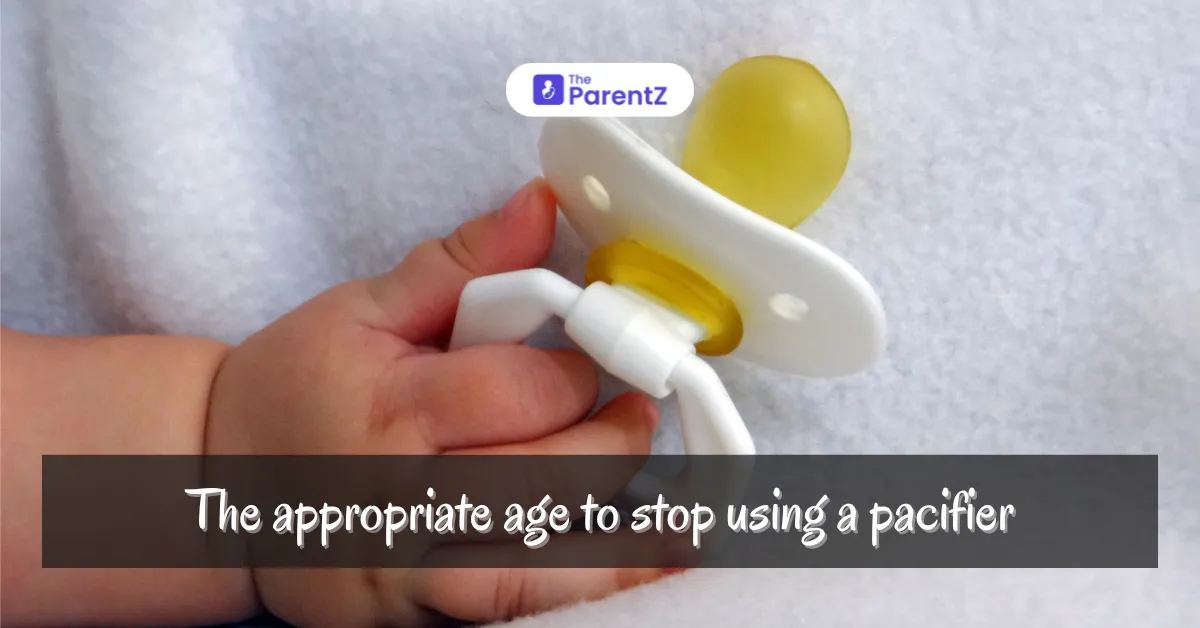What Are Pacifiers and Why Are They Used?
Pacifiers, commonly referred to as binkies, soothers, or dummies, are small devices designed to comfort babies by satisfying their natural sucking reflex. They generally consist of three main parts: a soft nipple that fits in the baby’s mouth, a shield that rests against the lips, and a handle for easy grip. The sucking reflex in infants provides a sense of security and comfort, which can help calm fussiness and support sleep.
Pacifiers are widely used because they are an effective tool to soothe babies during moments of stress, such as doctor visits, car rides, and bedtime. Some studies also suggest that pacifier use during naps and nighttime can reduce the risk of sudden infant death syndrome (SIDS).
What Materials Are Best for Pacifiers?
Choosing the right material for pacifiers is crucial to ensure your baby’s health and comfort. Here are the common materials used in pacifiers and their benefits:
1. Silicone: This is one of the most popular choices for pacifiers due to its durability, hypoallergenic nature, and ease of cleaning. Silicone pacifiers retain their shape well, making them ideal for regular use.
2. Latex or Natural Rubber: Latex pacifiers are softer and more flexible, which some babies prefer. However, latex wears out more quickly than silicone, and some children may develop allergies to it. If choosing latex, parents should inspect the pacifier regularly for any signs of wear and tear.
3. Plastic-Free and BPA-Free Options: For parents seeking chemical-free products, many brands now offer pacifiers made without plastic, BPA, PVC, or phthalates. These options include silicone and natural rubber varieties, which are safer and eco-friendly.
Regardless of the material chosen, parents should ensure that the pacifier meets safety standards, such as FDA or EU certifications, to guarantee it’s free from harmful chemicals and safe for babies.
When Should You Stop Using Pacifiers?
While pacifiers provide comfort and calming effects, experts generally recommend weaning children off pacifiers between 6 months and 3 years of age, with the ideal window being 12 to 18 months. Here are the main reasons behind this timeline:
1. Dental Health: Extended pacifier use, especially beyond age 2, can impact a child’s oral development, potentially leading to misaligned teeth and affecting how permanent teeth grow. Pediatric dentists typically advise parents to limit pacifier use by 18 months to minimize these risks.
2. Speech Development: Constant use of a pacifier can interfere with a child’s ability to learn to form sounds and words. Limiting pacifier use after 12 months allows children to explore speech and language skills without obstruction, which is essential during their rapid language development phase.
3. Reducing Dependency: By weaning off the pacifier in the 12- to 18-month range, parents can help prevent dependence. Children can develop other ways to self-soothe, fostering independence.
Tips for Weaning Your Child Off a Pacifier
The transition away from pacifiers can be challenging, but these tips may help make the process easier for both parents and children:
1. Gradually Limit Pacifier Use: Begin by restricting pacifier use to specific times, such as bedtime or naps, and gradually reduce the duration each day. This gradual approach can make the transition smoother for the child.
2. Offer Alternative Comforts: Replace the pacifier with a favorite toy, blanket, or other soothing items. Holding or cuddling a special item can help the child feel comforted without needing the pacifier.
3. Use Positive Reinforcement: Celebrate and reward each step your child takes without the pacifier. Praise and small rewards can reinforce their sense of accomplishment and encourage them to let go willingly.
4. Plan a “Goodbye” Ritual: For older toddlers, creating a small ritual or event to “say goodbye” to the pacifier can help. You can involve your child in a simple ceremony to part with the pacifier, making it a positive experience.
5. Be Consistent: Once you start the weaning process, it’s essential to stay consistent. Mixed signals can confuse the child, making it harder for them to adapt.
Conclusion
Pacifiers are a helpful tool for comforting infants and supporting their early emotional needs, but it’s important to phase them out as they grow. Experts suggest weaning children off pacifiers by 18 months to support optimal dental health, speech development, and independence. Gradual weaning, positive reinforcement, and offering alternative comforts can make this transition smoother for both child and parent.
A Note for Parents
Every child is unique, and the timing for stopping pacifier use may vary. Be patient with your child during this phase and offer plenty of love and support. If concerns about dental health or speech development arise, consult your pediatrician or dentist for personalized advice. A little encouragement and consistency can make this transition easier, helping your child develop healthy habits as they grow.








Be the first one to comment on this story.